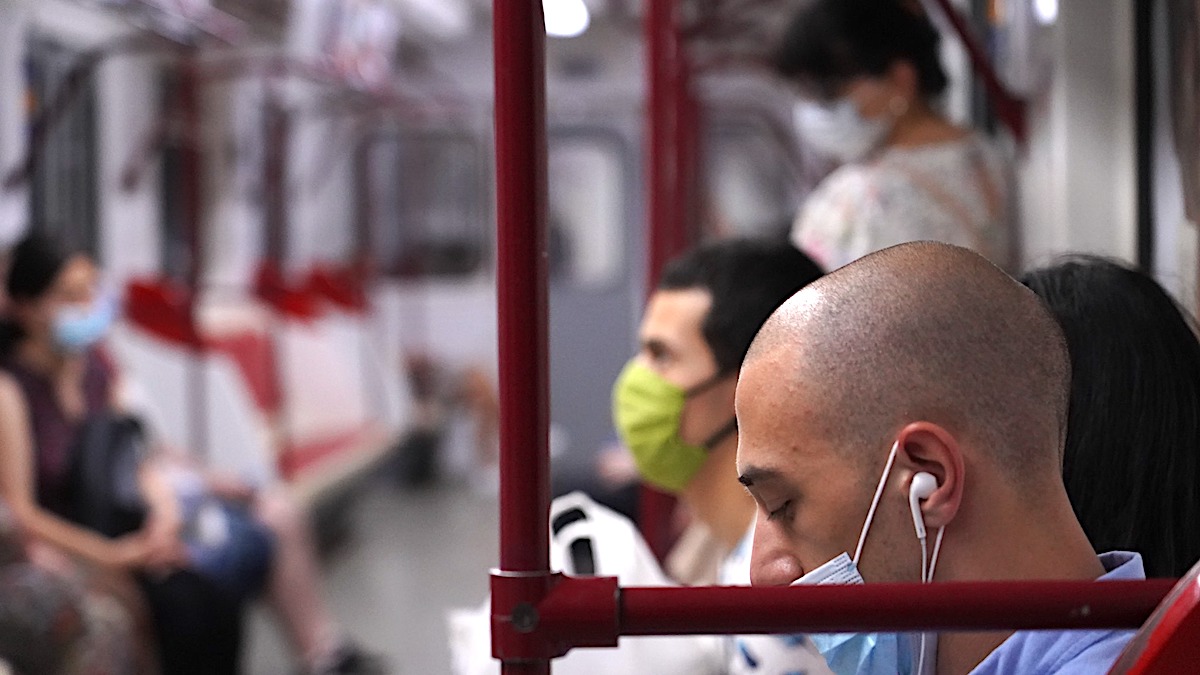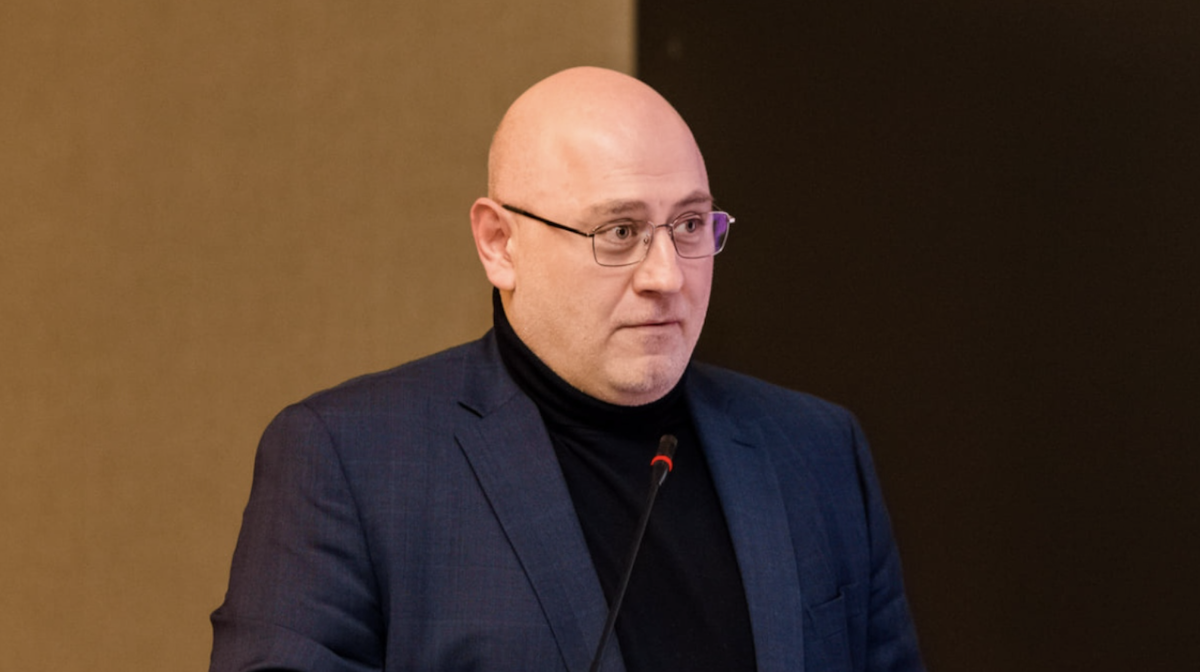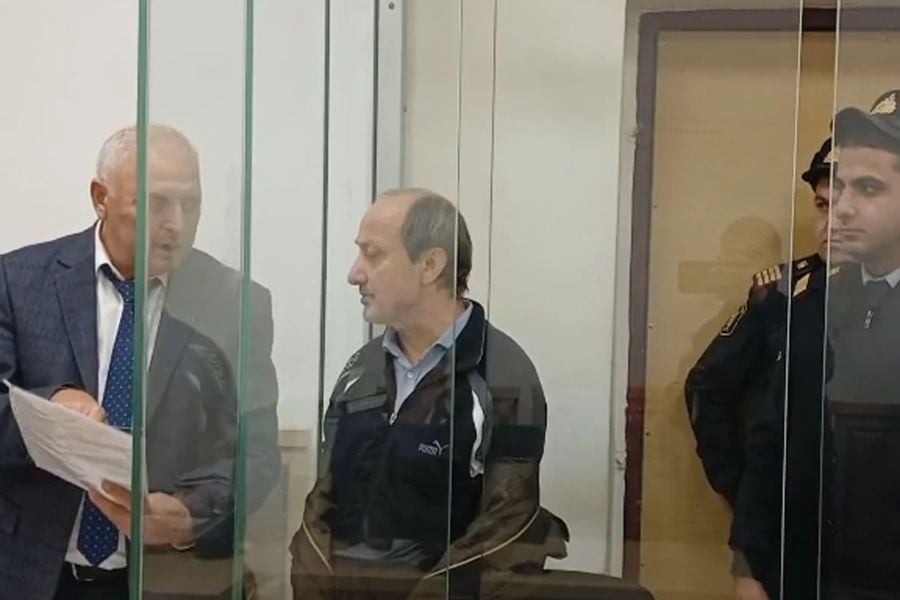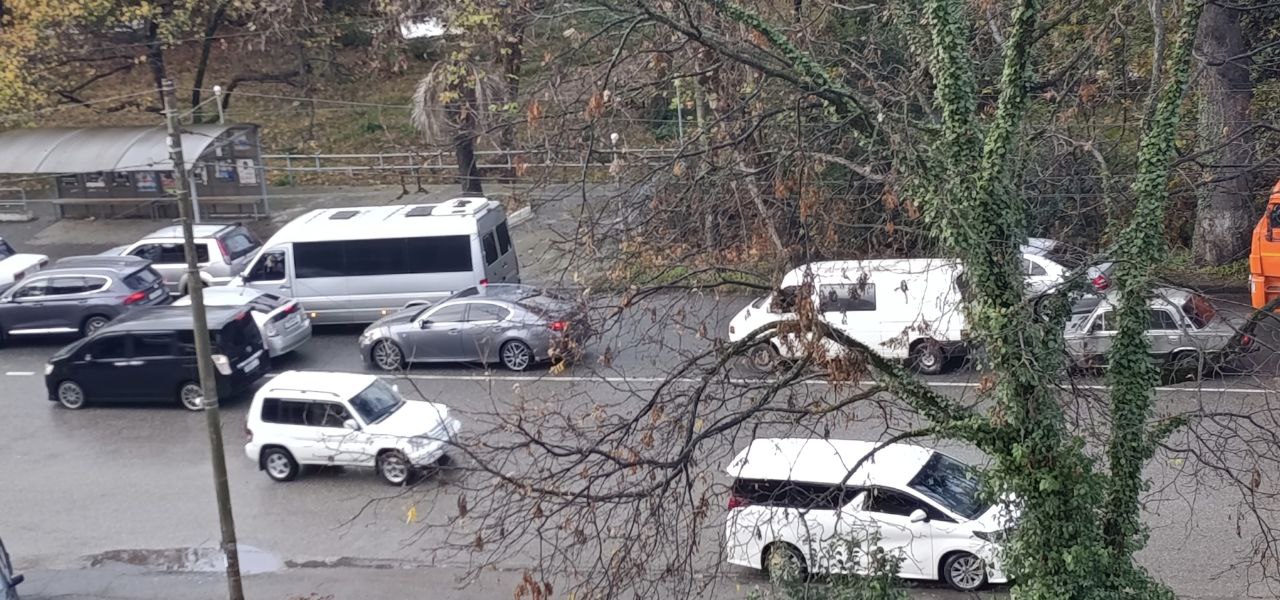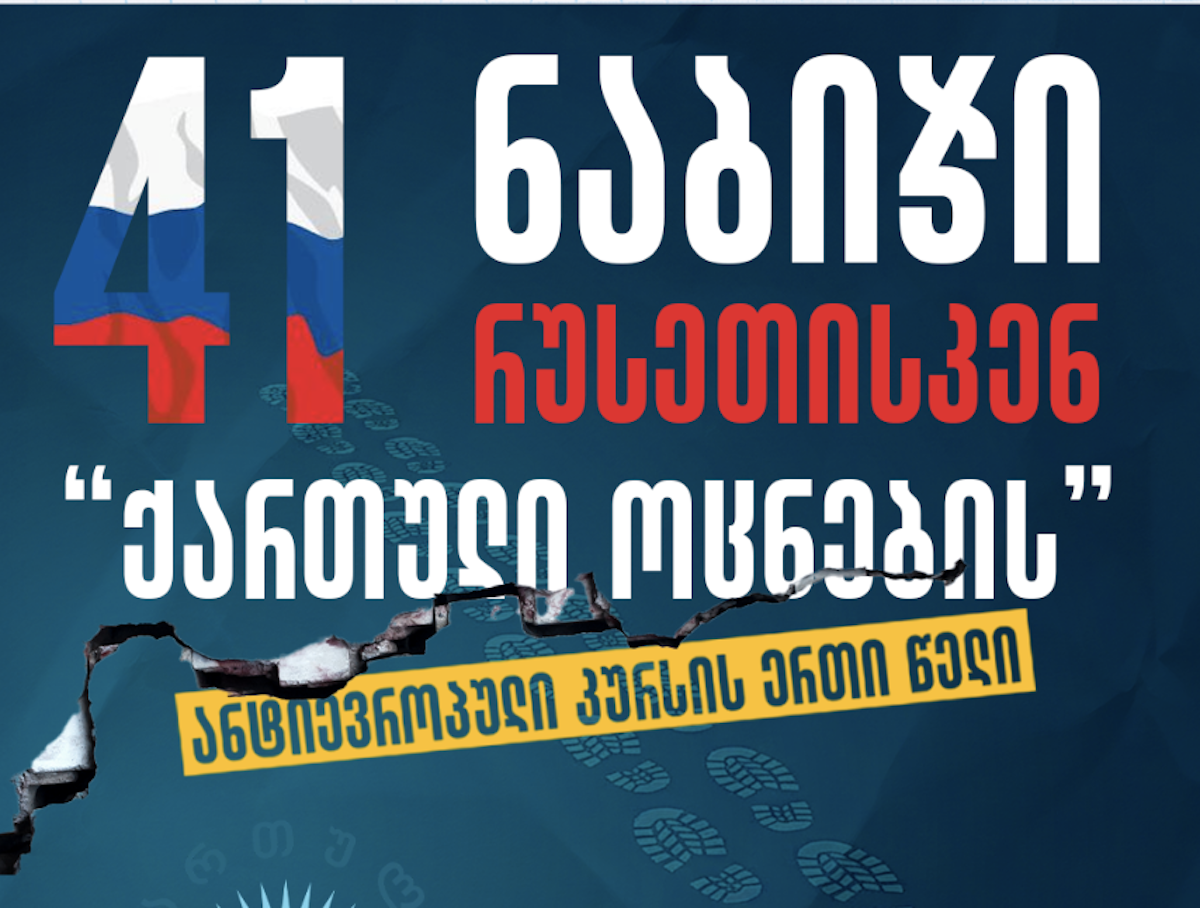One in five deaths in Iran caused by coronavirus, critical situation in Tehran
Over the past month, the statistics on infections and deaths from coronavirus in Iran have gotten worse, and Tehran is in a particularly dangerous situation, Iranian Deputy Health Minister Iraj Harirchi said at a press conference on July 26, as reported by RFE/RL
Harirchi said at least 600 new COVID-19 patients are admitted to hospitals in Tehran every day.
One in five deaths in Iran is caused by the coronavirus.
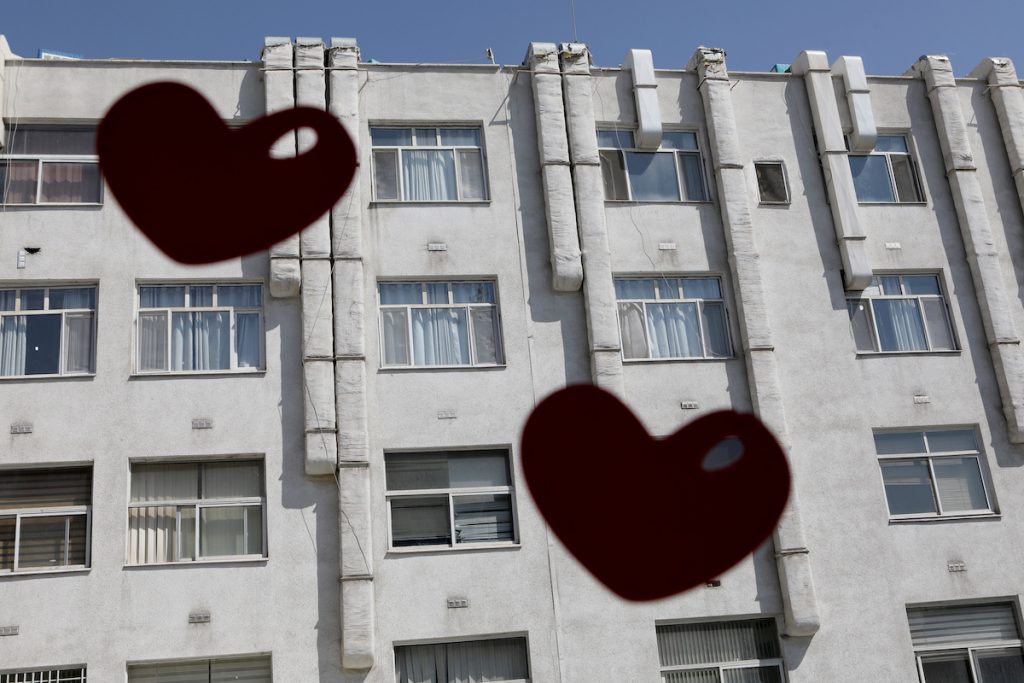
In early July, Iranian President Hassan Rouhani gave an ominous announcement:
There may be as many as 25,000,000 people infected with the coronavirus, and another 35,000,000 may become infected in the coming months.
The president then referred to data from the Iranian Ministry of Health contained in a new report. The report itself is classified.
Iranian authorities counting on “public immunity”?
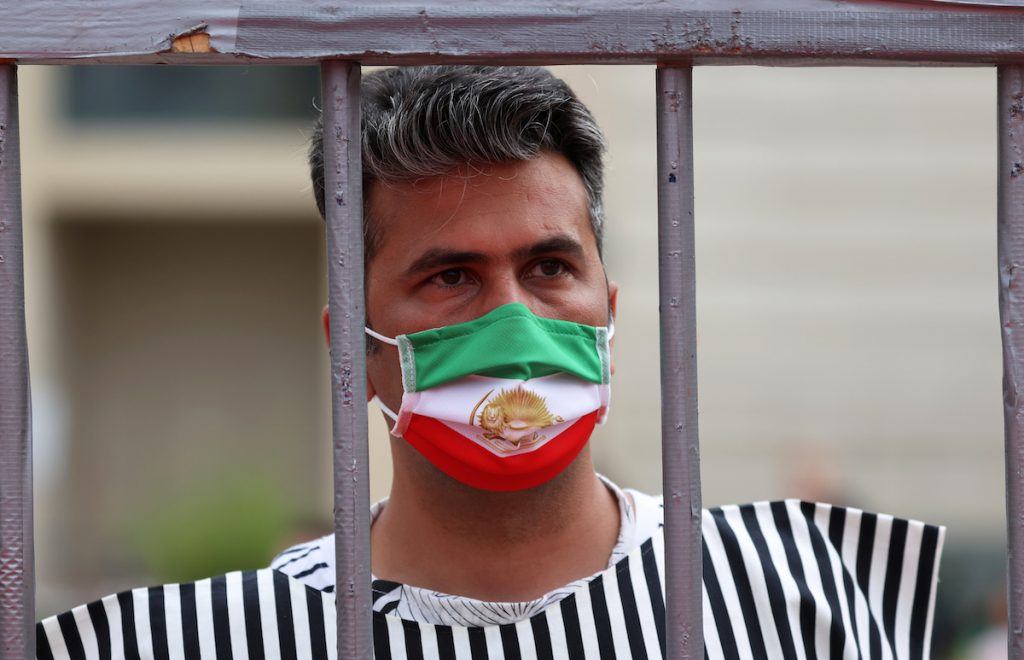
Despite the dangerous situation, the Iranian authorities have not imposed a strict quarantine, and this has raised suspicions among experts that the Iranian government is betting on a policy of developing “public immunity”.
Several Iranian doctors have responded to these rumors and said that if there really is such a policy, it is deadly, as the country’s healthcare system will not be able to cope if millions more people get infected.
However, the Deputy Minister of Health categorically denied any idea of developing “public immunity”.
“It is enough that Britain and Sweden have already suffered from such a policy,” said Iraj Harirchi.
Ignoring the pandemic, sanctions and a weak economy are prerequisites for a possible disaster

In its first official statement on the virus on February 19, the Iranian government advised the public not to worry, and Supreme Leader Ayatollah Ali Khamenei accused Iran’s “enemies” of exaggerating the scale of the threat.
A week later, as the number of infections and deaths rose rapidly, President Hassan Rouhani announced an “enemy conspiracy” designed to intimidate Iranians and stop life in the country.
The President encouraged Iranians to continue their daily lives and go to work.
In mid-March 2020, state-controlled channels announced that the coronavirus could be a US-produced “biological weapon,” and Khamenei wrote on Twitter about a “biological attack.”
A sharp jump in the number of cases in Iran occurred after the authorities refused to cancel parliamentary elections at the height of the epidemic (the first round in February, the second in April 2020).
Shopping centers and mosques continued to stay open. In particular, this is why the other center of infection besides Tehran was Qom, the country’s religious capital.
The problem became impossible to hide when videos of mass graves featuring people in chemical protection suits appeared. Quarantine regulations were introduced, but it was too late.
Mass graves in Iran for those killed by coronavirus – satellite images taken
This made many in the world and the country believe in the danger of coronavirus, confirming the worst fears about the scale of the epidemic, which are hidden by the government. Video New York Times / Reuters
Despite the rapid increase in the number of cases of infection, Iran began to lift restrictions earlier than other countries – in April 2020.
The authorities made this decision due to the critical state of the economy. The economic crisis in Iran began long before the pandemic – due to corruption, poor management and US sanctions.
Even Ayatollah Khamenei supported quarantine measures this time
The coming months will be worse than the first six months of the crisis, Iraj Harirchi warned.
A new quarantine has been announced – cafes, zoos and indoor pools are closed. Wearing of masks in public has become mandatory.
The police will monitor compliance with the safety precautions.
It is worth noting that this time, the president was supported by the religious leader of Iran, Ayatollah Khamenei, who he opposes on all other issues.










